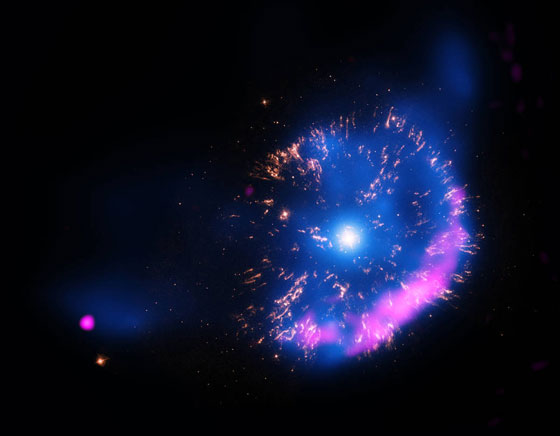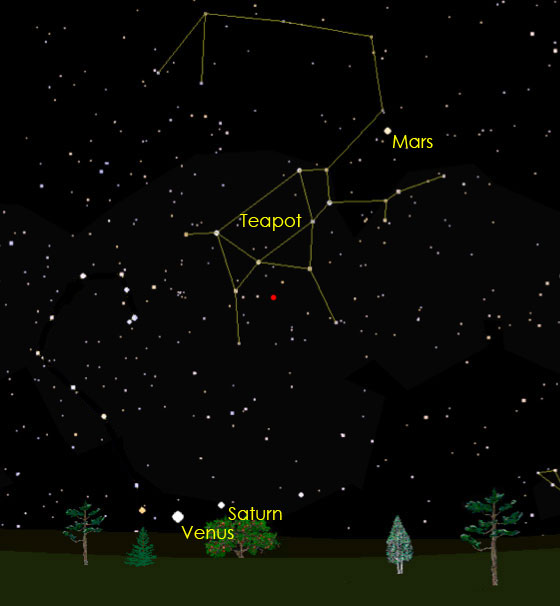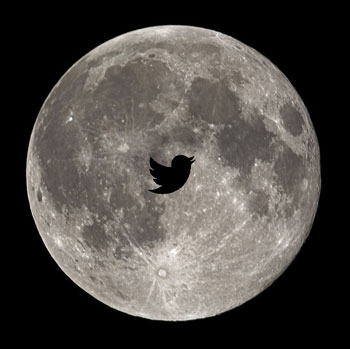
A star in the Name A Star Live constellation Sagittarius has exploded, and you can see it now! But you better hurry as Sagittarius will soon not be visible to observers in the northern hemisphere of Earth.
The star, which has not been ‘named’ by Name A Star Live, is actually a binary star where one of the stars has stolen hydrogen from its companion. The hydrogen built up on the surface of the stellar thief and, under pressure, ignited like a hydrogen bomb. The exploded hydrogen is given off as a shell of gas that surrounds the star. (See photo above.) The star remains intact, and will likely repeat the process of sucking hydrogen from its companion until another explosion (nova) occurs in the future. When you see the nova you will see the exploded shell — although what you will see through your binoculars or telescope won’t look like the spectacular NASA photo above!
How to See the Nova

You should be able to see the nova with a 50mm pair of binoculars or just about any telescope. Just look for Sagittarius toward the southwest about 1 1/2 hours after sunset. You’ll notice the bright planet Mars. Just below and to the right of Mars you’ll see a group of relatively bright stars called the “Teapot.” The nova will be just to the right of the Teapot.

Those of you in the southern hemisphere can also get a good look at the nova. Sagittarius will be somewhat higher in your sky after sunset compared to observers in the northern hemisphere.
Finally, don’t confuse a nova with a “supernova.” Classical novas can be considered to be “miniature” versions of supernova explosions. Supernovas signal the destruction of an entire star and can be so bright that they outshine the whole galaxy where they are found.
For more information about novas, see chandra.si.edu/photo/2015/gkper/
Get our Moon Tweets!

Did you know you can use the Moon to identify where your star’s constellation is in the night sky? Follow us on Twitter where we let you know when the Moon appears in a Name A Star constellation (area of the night sky).
Name A Star Live offers some really good tools to learn about the night sky and find your star’s constellation. Visit our website to learn about our Virtual Planetarium software, planisphere constellation finder, and First Light Astronomy Kit!
Follow us on Facebook, Twitter and Pinterest!